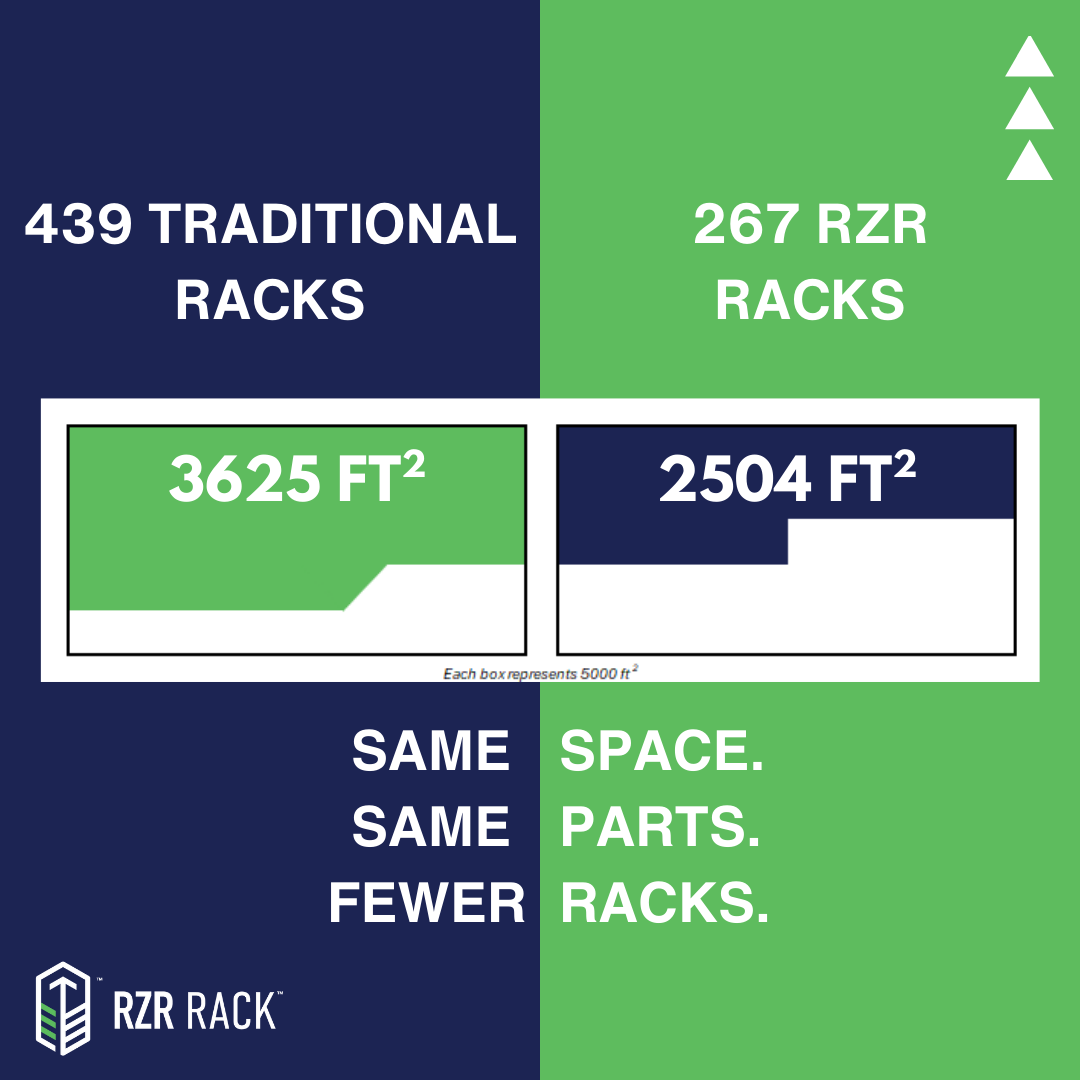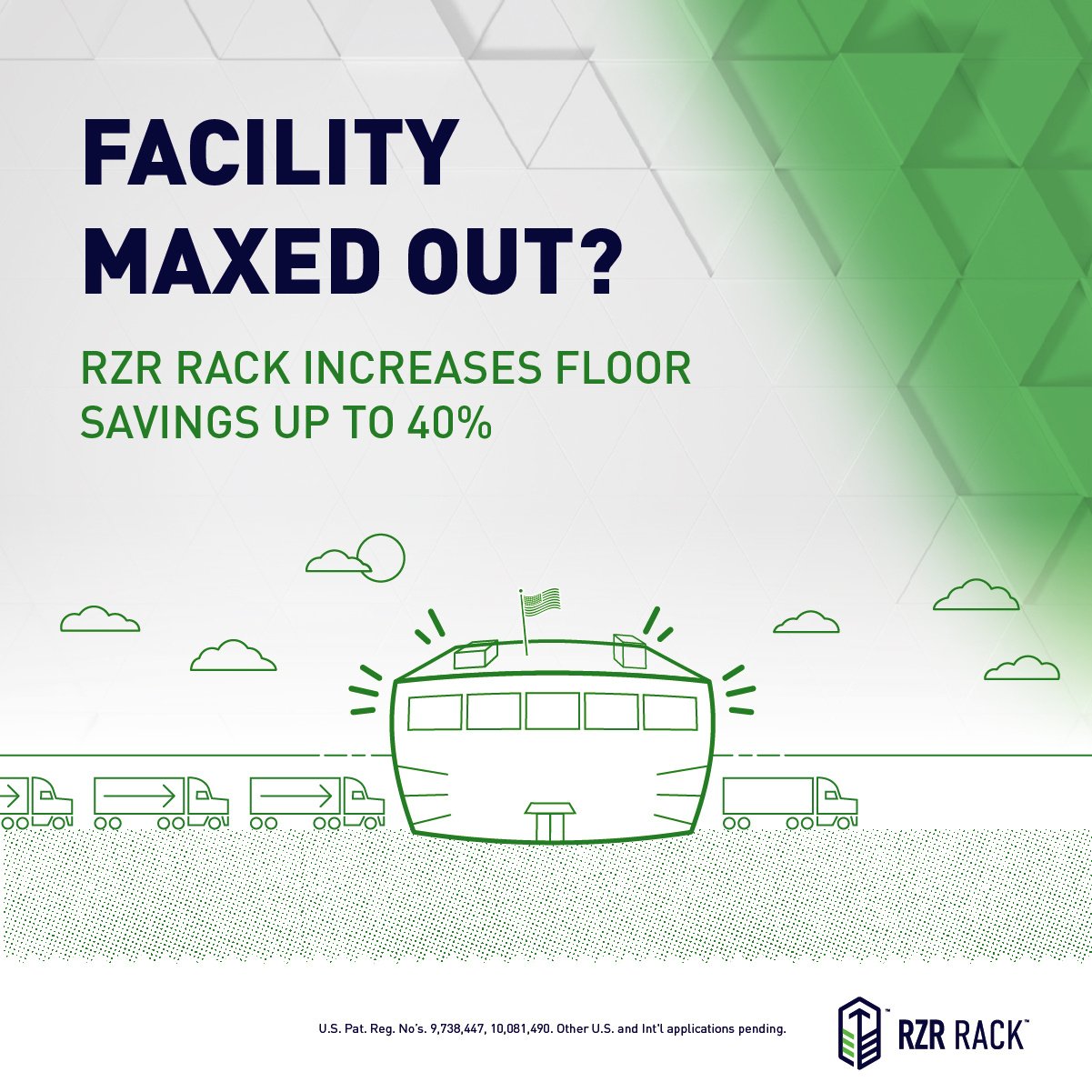In recent blog posts, we've explored critical issues such as space constraints and labor shortages within the manufacturing industry. Today, we're turning our attention to another crucial aspect: ergonomic issues. As manufacturing companies increasingly prioritize employee safety by restricting the ergonomic ranges for bending and lifting, a new challenge emerges. These necessary safety measures can inadvertently reduce the potential density within racks and limit labor and material handling efficiency. In this blog post, we will examine the balance between ensuring ergonomic safety and maintaining operational efficiency.
The Importance of Ergonomics in Manufacturing
1. Employee Safety and Well-being: Manufacturing jobs often involve repetitive motions, heavy lifting, and awkward postures, which can lead to injuries. By implementing ergonomic guidelines, companies aim to reduce the risk of injuries, enhance employee well-being, and ensure a safer work environment. This focus on safety is not just a legal and ethical obligation but also a crucial factor in maintaining a productive workforce.
2. Employee Retention and Satisfaction: A focus on ergonomics can lead to higher employee satisfaction and retention. When workers feel that their well-being is a priority, they are more likely to stay with the company, reducing turnover rates and the associated costs of hiring and training new employees.
3. Productivity and Performance: Ergonomically designed workstations and tools can significantly enhance productivity. When workers are comfortable and free from physical strain, they can perform tasks more efficiently and with greater accuracy, leading to improved overall performance.
4. Compliance with Regulations: Many industries are subject to strict health and safety regulations that mandate ergonomic practices. By adhering to these guidelines, companies can avoid costly fines and legal issues while ensuring a safer work environment for their employees.
5. Long-term Cost Savings: Investing in ergonomics can lead to substantial long-term cost savings. By preventing injuries and reducing turnover, companies can save on medical expenses, workers' compensation claims, and the costs associated with training new employees.
Balancing Ergonomics and Efficiency
While ergonomic improvements are essential, they can also lead to operational challenges. For instance, limiting the range of motion for bending and lifting means that racks and storage solutions must be designed to accommodate these restrictions. This can result in lower density in racks, requiring more space to store the same amount of materials and potentially increasing the frequency of material handling tasks.
1. Reduced Rack Density: When ergonomic considerations lead to lower rack density, it affects how much material can be stored in a given space. This can exacerbate existing space constraints and lead to inefficiencies in material handling, as workers may need to access and move materials more frequently.
2. Increased Material Handling: With lower density in racks, the frequency of material handling tasks can increase, impacting labor efficiency. Workers may need to spend more time moving materials, leading to potential delays in production processes and increased labor costs.
3. Ergonomic Solutions Impacting Design: Incorporating ergonomic principles into the design of racks and storage solutions is crucial. However, traditional racks may not always provide the flexibility needed to balance safety and efficiency. Companies need innovative solutions that allow for ergonomic safety without compromising on storage density and operational efficiency.
Introducing the RZR Rack: A Solution for Ergonomic Challenges
The RZR Rack offers a patented and unique solution to the ergonomic challenges faced by manufacturers. Here’s how the RZR Rack can help:
1. Adjustable Height for Ergonomics: The RZR Rack can be adjusted to different heights, allowing workers to access materials without bending or reaching awkwardly. This flexibility ensures that ergonomic guidelines are met, reducing the risk of injuries and improving employee well-being.
2. Optimized Storage Density: Despite its ergonomic features, the RZR Rack does not compromise on storage density. Its vertical expansion capability means that manufacturers can maximize their use of space, storing more materials in a smaller footprint. This helps alleviate space constraints while maintaining ergonomic safety.
3. Enhanced Labor Efficiency: By reducing the frequency of material handling tasks, the RZR Rack improves labor efficiency. Workers can access materials more easily and quickly, reducing delays and enhancing overall productivity. The ergonomic design also minimizes the physical strain on workers, contributing to higher job satisfaction and retention rates.
Conclusion
Balancing ergonomic safety and operational efficiency is a complex challenge for the manufacturing industry. While prioritizing employee well-being is non-negotiable, it is equally important to ensure that these measures do not hinder productivity. The RZR Rack presents an innovative solution that addresses both aspects, providing ergonomic safety without compromising on storage density and labor efficiency.
As manufacturing continues to evolve, embracing such innovative solutions will be crucial in navigating the challenges ahead. At Diverse Global, we are committed to helping manufacturers find the right balance between safety and efficiency, ensuring a productive and safe work environment for all.
Stay tuned for more insights on overcoming common manufacturing challenges and enhancing operational performance.
About Us:
At Diverse Global, we understand the unique challenges faced by manufacturers and are dedicated to providing solutions that drive efficiency and productivity. Our RZR Rack, with its vertical expansion capability, is designed to help manufacturers optimize their operations. Contact us to learn more about how our solutions can benefit your facility.


